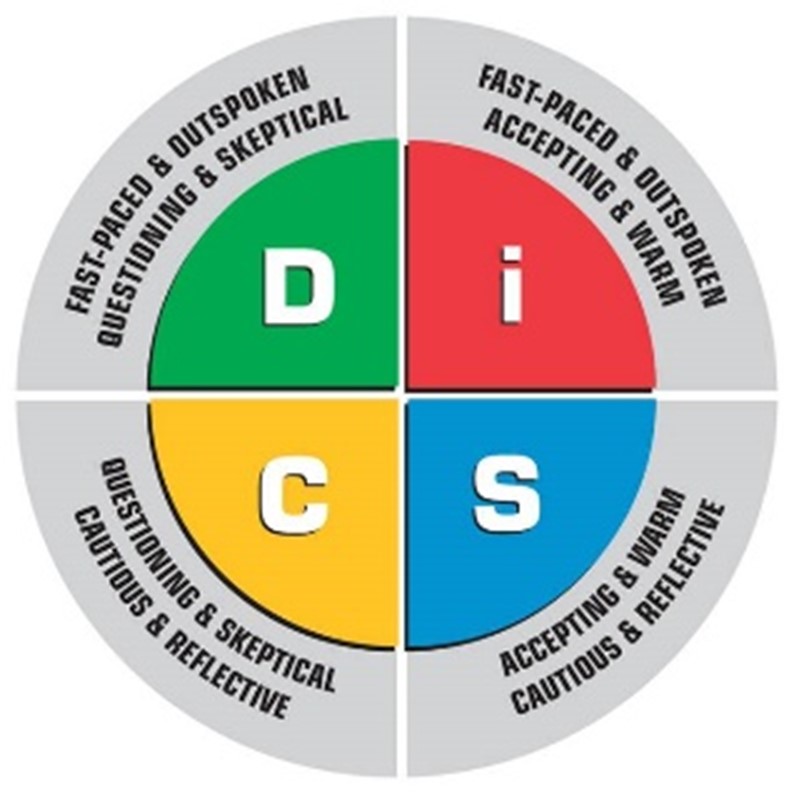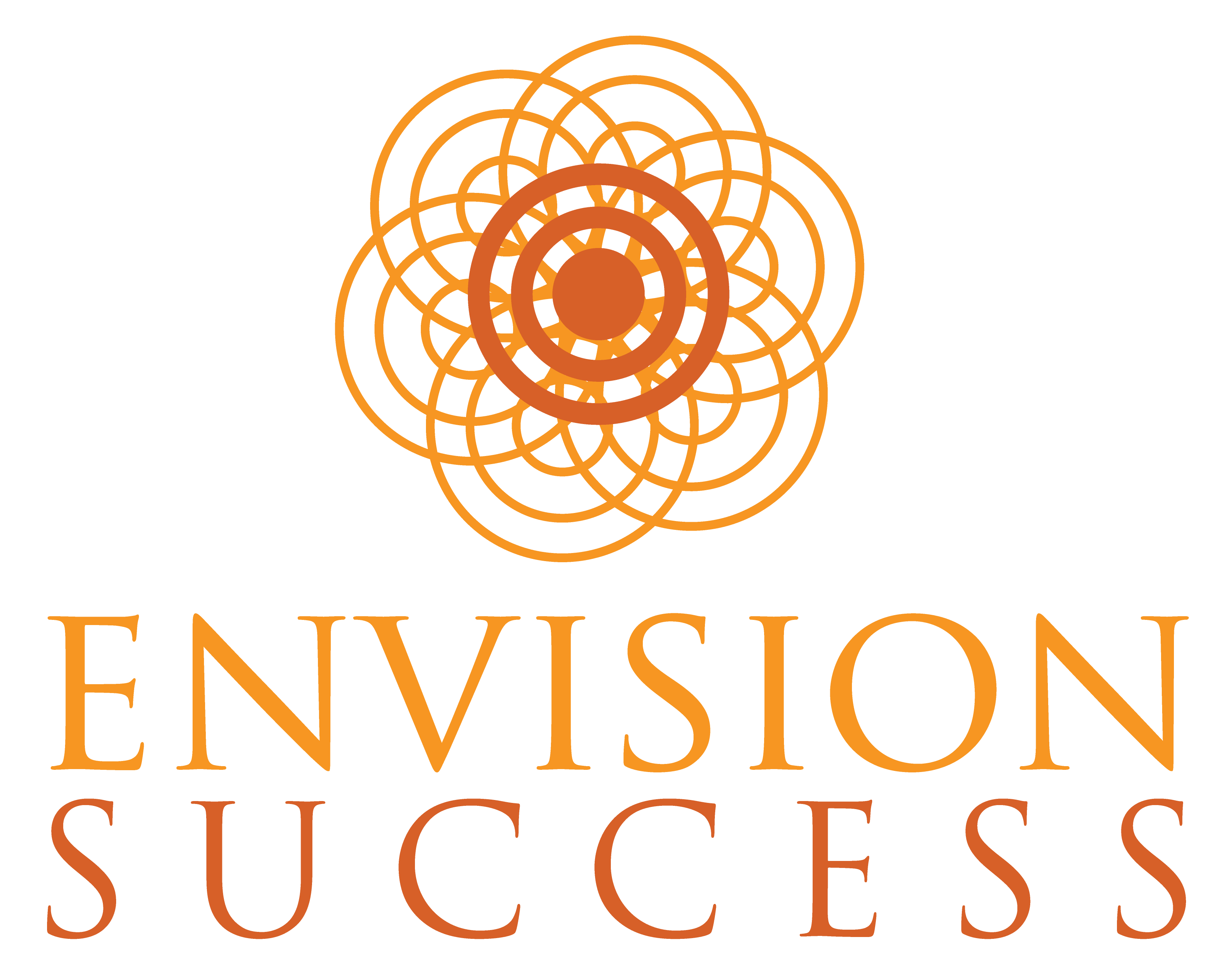If everything of value in life revolves around relationships with other people, and communication is critical in developing relationships, everyone can benefit from DISCovering these simple tips on improving the "language" of communicating more effectively with other people, based on the DISC Model of Human Behavior.

“The most important single ingredient in the formula of success is knowing how to get along with people" -Franklin D. Roosevelt
Said another way, it is more difficult to be successful in life if you aren't effective in working with other people. Everything of value in life revolves around relationships with other people.
Developing healthy relationships can be challenging, to say the least. It’s all so puzzling…people are puzzling…. life is puzzling.
Yet, what if that puzzle came with directions?
Or-- a picture that would help you join one piece to another piece to another piece? As each piece fits together correctly, the picture starts to reveal itself. Something that began as a jumbled pile of random puzzle pieces, now makes sense. That’s what we’re going to delve into as we look at the DISC Model of Human Behavior...

In the previous article, we looked at the ‘edge pieces’ of the puzzle: Pace (active/passive) and Priority (task/people).
In the diagram of this DISC Model the image is split into quadrants.
Those who are active (may be known as extroverted) will be in the top half of the circle, while those who are passive (may be known as introverted) will be on the bottom half of the circle. A person who prioritizes tasks will be on the left side of the circle, and those that prioritize people and relationships will be on the right side of the circle.
In simplified terms: Outgoing people tend to be more decisive and interactive (top half). Reserved individuals (bottom half) are steadier and more careful. Task-oriented types (left side) enjoy doing things by directing and correcting. People-oriented types (right side) are relational and enjoy interacting and sharing with others.
As you begin recognizing traits in yourself and others, you will be connecting the pieces and deepening your understanding of the picture (of the language of relationships). PS- which is your primary style?
The puzzle starts taking shape...
As you begin recognizing traits in yourself and others, you will be connecting the pieces and deepening your understanding of the picture (of the language of relationships).
If you are an active paced/task-oriented person, you’ll find yourself in the top left quadrant (D). An individual who is extroverted and relational is in the top right quadrant (I) – Introverted/People-oriented (S) - Reserved/Task-oriented (C).
Everyone is unique and is a blend of these four parts – no one type is better than the other. All behavior types are important, and each can learn from the other styles.
Here are some additional ‘clues’ in fitting the pieces together:
- D personality types tend to be Direct and Decisive. The question they want answered is WHAT.
- I Personality types tend to be Inspiring and Influencing. The question they want answered is WHO.
- S Personality types tend to be Supportive and Stable. The question they want answered is HOW.
- C Personality types tend to be Cautious and Contemplative. The question they want answered is
WHY.
We’ve just begun to put this language of relationships and communication puzzle together.
The puzzle (and question) is not "Do we communicate?"
We are always communicating in various ways (verbal and non-verbal).
Share with a friend!
The puzzling question is "Are we communicating effectively?"
Once we realize that our communication skills magnify the quality of our relationships, we can acknowledge that we have the power to enhance and damage relationships through this language skillset
Effective communication requires that the other person receives the message clearly and understands it.
Speaking intentionally in consideration of another individual’s "personality language" greatly improves this opportunity to make a good connection.
As you reflect on which is likely your own primary style, and which is the likely primary style of individuals in your life who are 1) easy to communicate with, and 2) difficult to communicate with, you can see how the fundamental nature of how we relate often ties to each person's preferred language style.
We’ve just scratched the surface in our quest to improve the language of relationships as well as the language of leadership! Next up, we'll explore Interaction Dynamics...
~Teri Whittington
What this post is about: Continuing our series on the language of leadership...we begin to understand the fundamentals of how people see each other and enhance or damage relationships with others based on language skillsets by reviewing the basis of the DISC Model of Human Behavior
Share with a friend!
